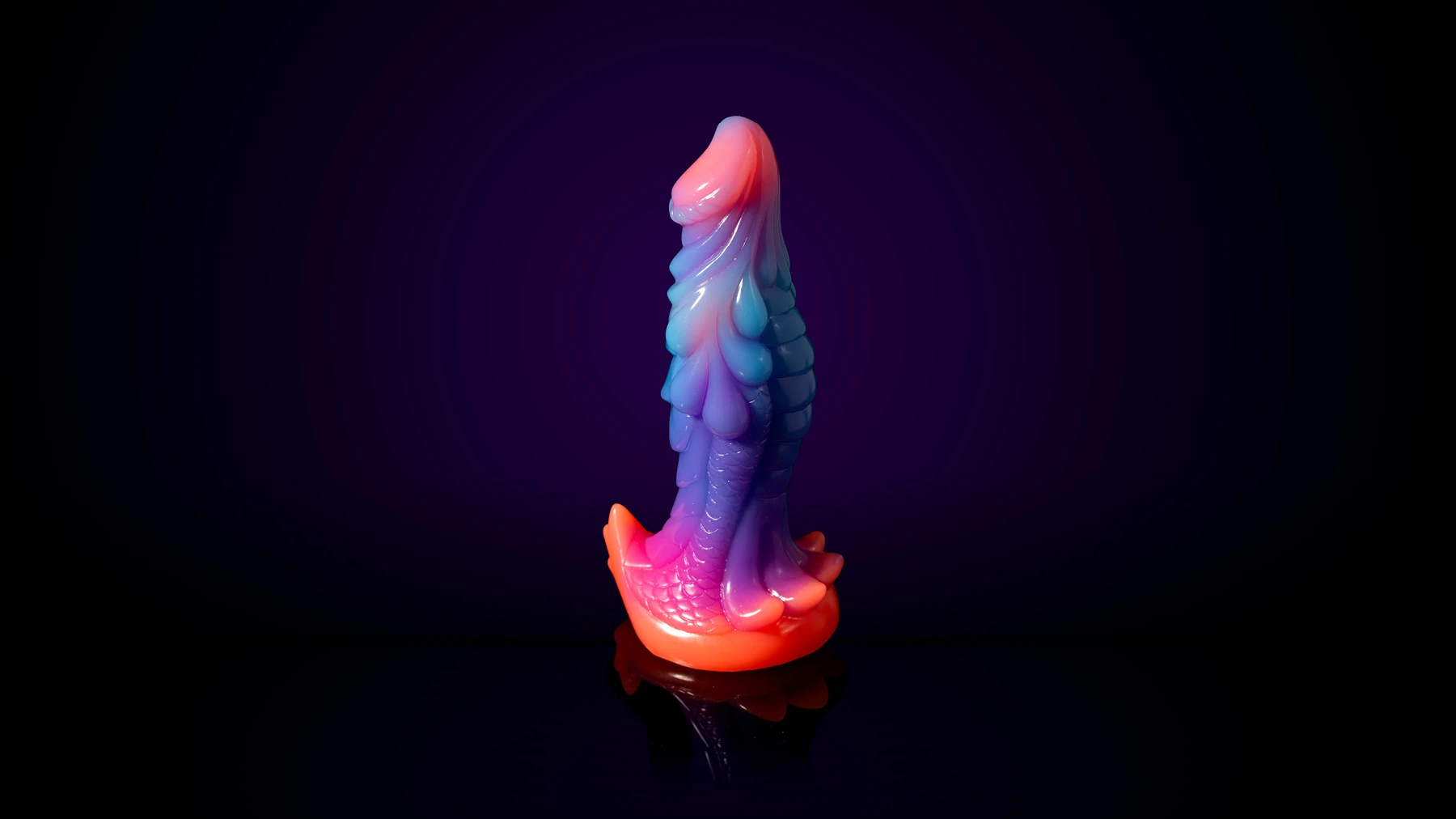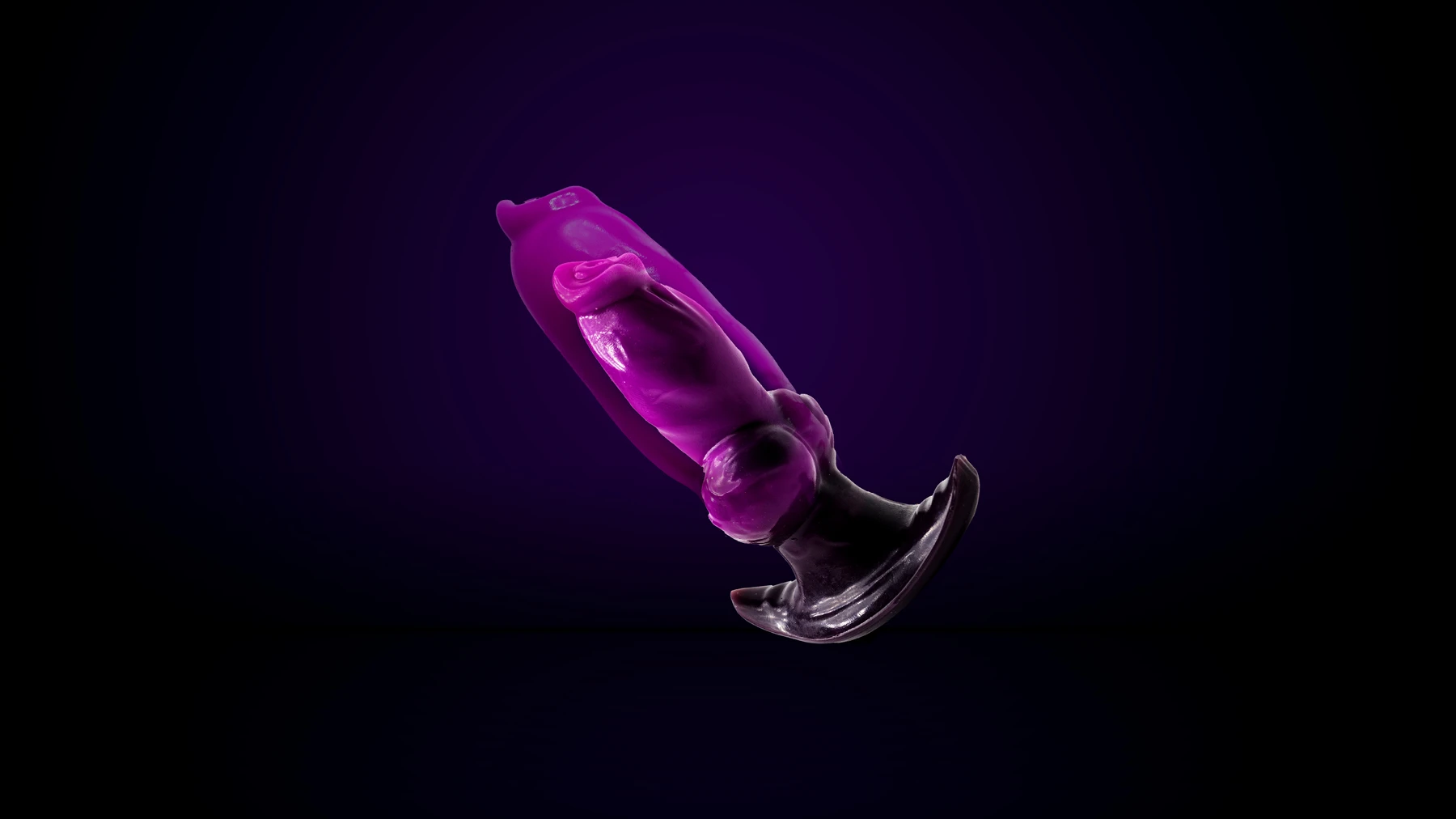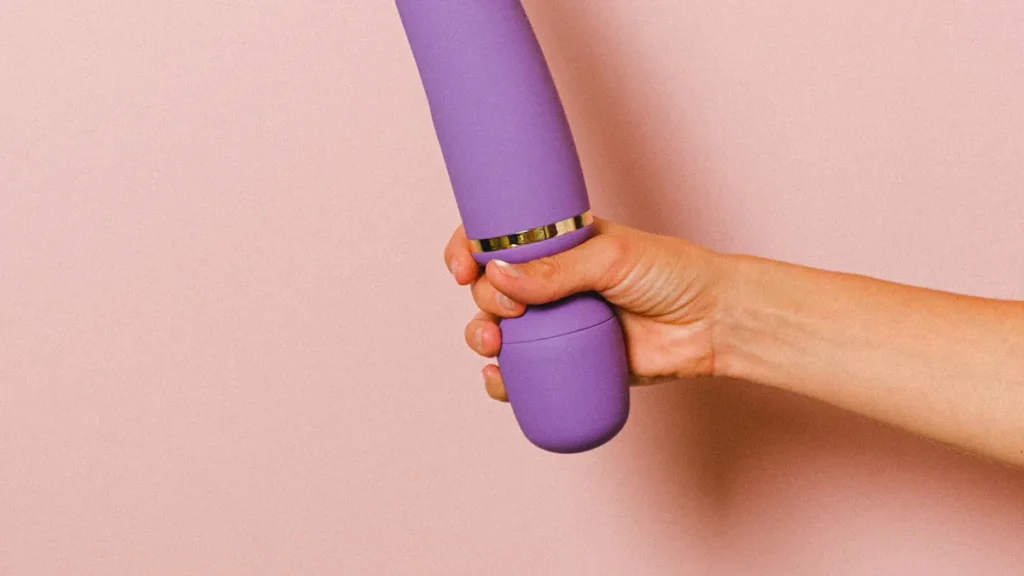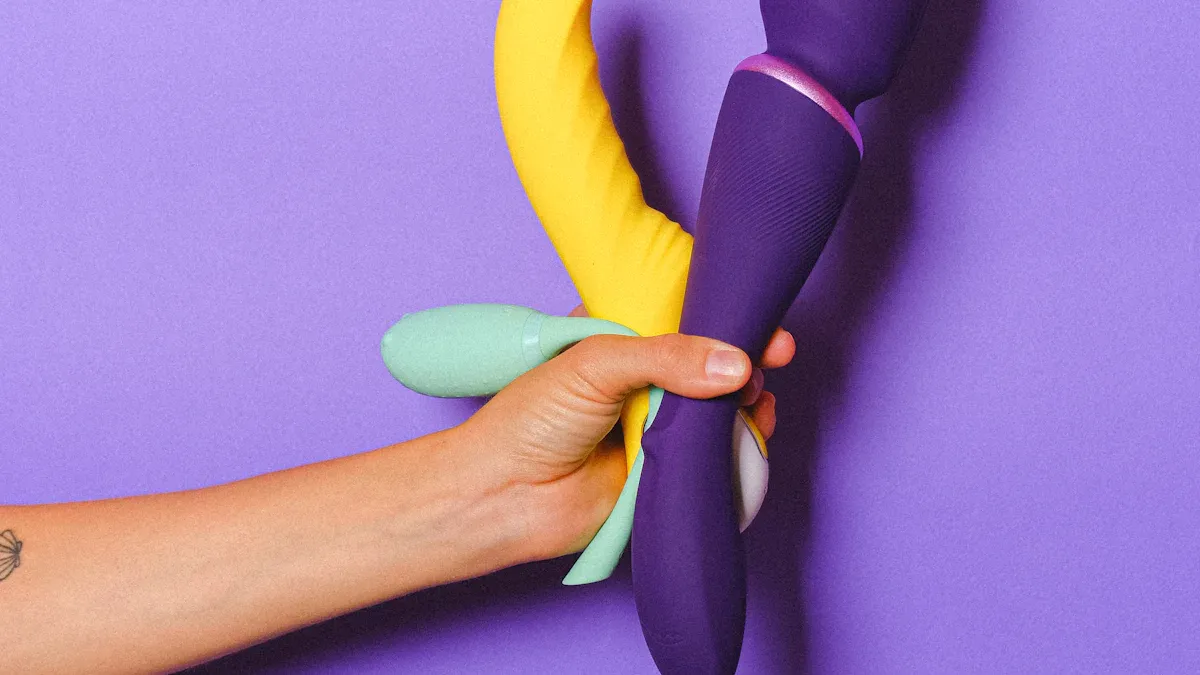What You Need to Know Before Buying Plastic Dildos
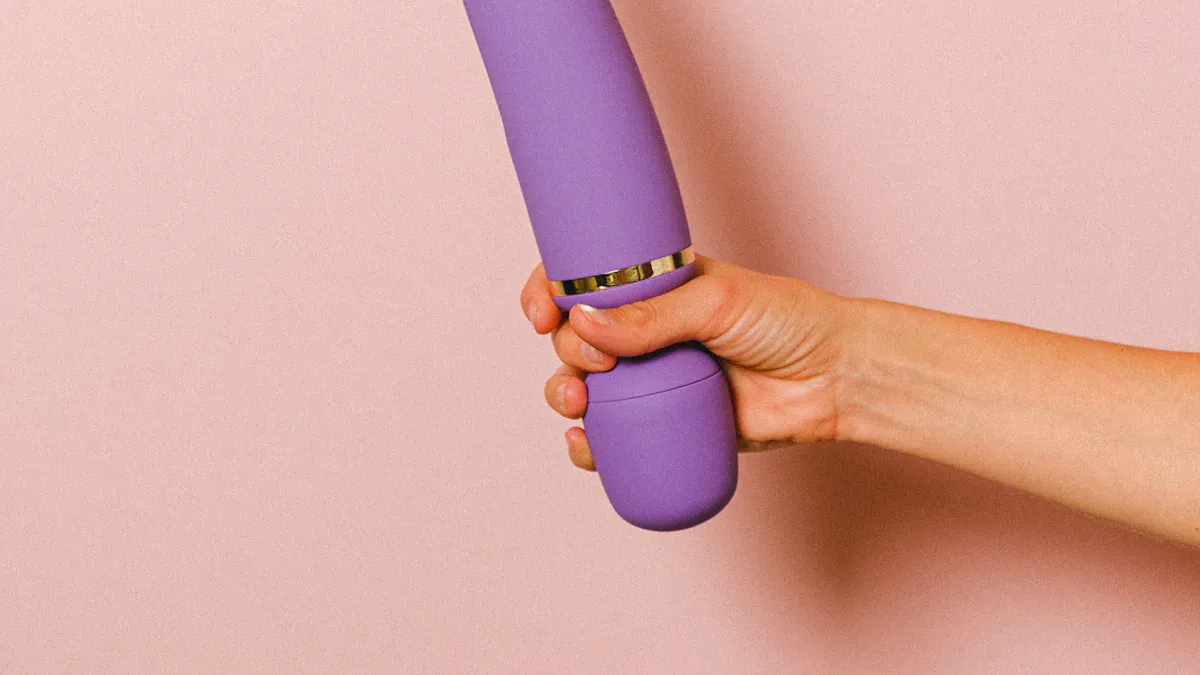
Many people ask, what are dildos and are plastic dildos safe? Dildos have many shapes and are made from different things. Some people pick a glass dildo. Others want Suction Cup Dildos or a Vibrating Dildo. Buyers should always check if plastic dildos are safe for the body. Labels are important. What are dildos made of? Some dildos use materials that may not be good for everyone. People should think about what feels right and how they will use dildos. Safety is the most important thing.
Safety of Plastic Dildos
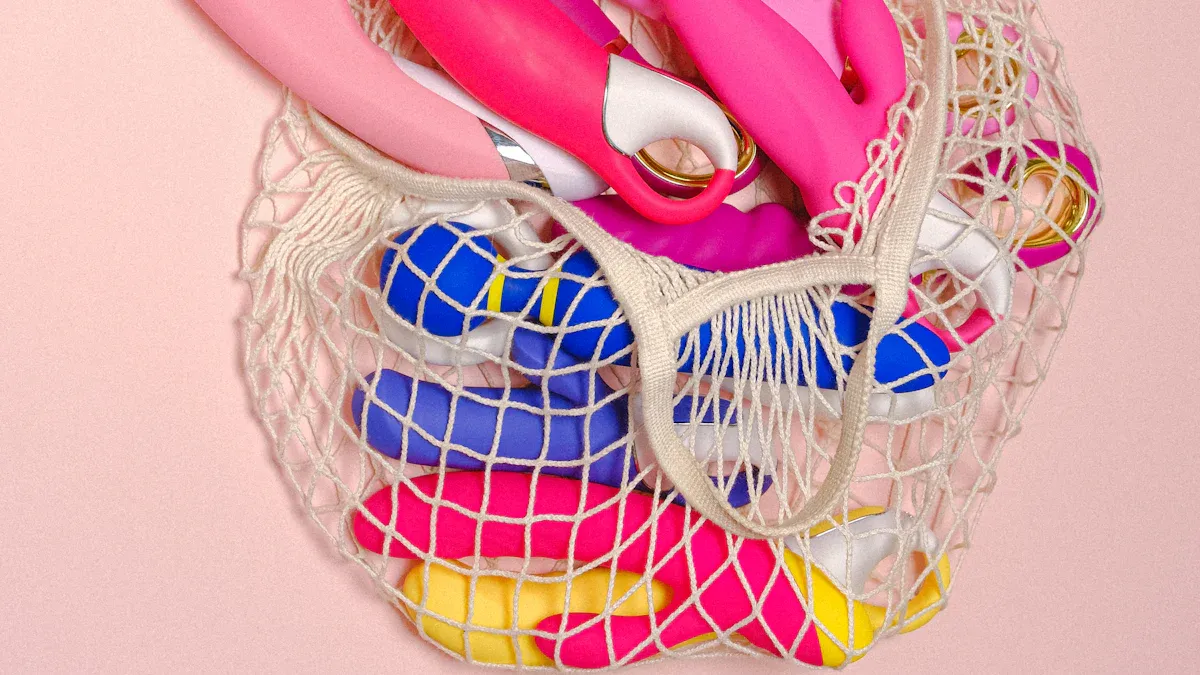
When people buy dildos, they should know what is in them. Not every plastic dildo is safe to use. Some have bad chemicals that can hurt your health. Buyers should learn what to stay away from and how to pick safer choices.
Harmful Chemicals to Avoid
A lot of plastic dildos have chemicals like phthalates and BPA. These chemicals can come out of the toy and get into your body. Scientists say phthalates and BPA can hurt your liver, kidneys, and how your body makes babies. Some studies say these chemicals can make it harder to have kids and cause other health problems. The table below lists the dangers of these chemicals:
Chemical | Exposure Sources | Health Risks and Effects |
|---|---|---|
Phthalates | Toys, food packaging, medical devices, plastic dildos | Reproductive harm, hormone disruption, lower fertility, pregnancy problems, obesity, ADHD risk |
BPA | Bottles, food cans, dental sealants, plastic dildos | Lower female fertility, reproductive health issues, hormone disruption |
Duke University researchers found phthalates in every sex toy they tested, even plastic dildos. Some toys said “phthalate-free” but still had these chemicals. Anal toys let out the most microplastics and nanoplastics when tested. These tiny plastic bits can get into your body and might cause health problems we do not know yet. The next table gives more facts from new studies:
Aspect | Details |
|---|---|
Chemicals Identified | Phthalates found in all tested dildos and sex toys |
Health Risks | Damage to liver, kidneys, reproductive system; fertility problems in animal studies |
Microplastics | Toys shed microplastics, especially anal toys |
Labeling Issues | Some “phthalate-free” toys still had phthalates; some exceeded safety limits |
Regulatory Gaps | Lack of clear rules for sex toys; more research needed |
Study Source | Duke University, Microplastics and Nanoplastics journal |
Tip: Always look for “phthalate-free” and “body-safe materials” labels when you shop for dildos. Good brands usually tell you what is in their toys.
Porous vs. Non-Porous
It is important to know about porous and non-porous materials for health. Porous dildos have tiny holes that can hold germs and bacteria. These toys are hard to clean and might give you infections. TPE and TPR are porous and not as safe for long use.
Non-porous dildos, like ones made from medical-grade silicone or ABS plastic, have smooth surfaces. These toys do not soak up germs and are much easier to clean. Medical-grade silicone does not cause allergies and does not let out chemicals. ABS plastic is also non-porous and easy to wash, but you should make sure it is from a good brand so it does not have hidden toxins.
Material Type | Porous? | Safety Level | Cleaning Difficulty | Notes |
|---|---|---|---|---|
Medical-Grade Silicone | No | High | Easy | Hypoallergenic, body-safe |
ABS Plastic | No | Medium-High | Easy | Non-porous, check for quality |
TPE/TPR | Yes | Low | Hard | Porous, can trap bacteria |
PVC | Yes | Low | Hard | Porous, may contain phthalates |
People should pick non-porous dildos because they are safer. Cleaning these toys is easy, and they last longer. Porous toys might cost less, but they can cause health problems later.
Note: There are no strong government rules for plastic dildos in the United States or Europe. Buyers need to learn on their own and pick trusted brands that use safe materials.
Best Sex Toy Materials
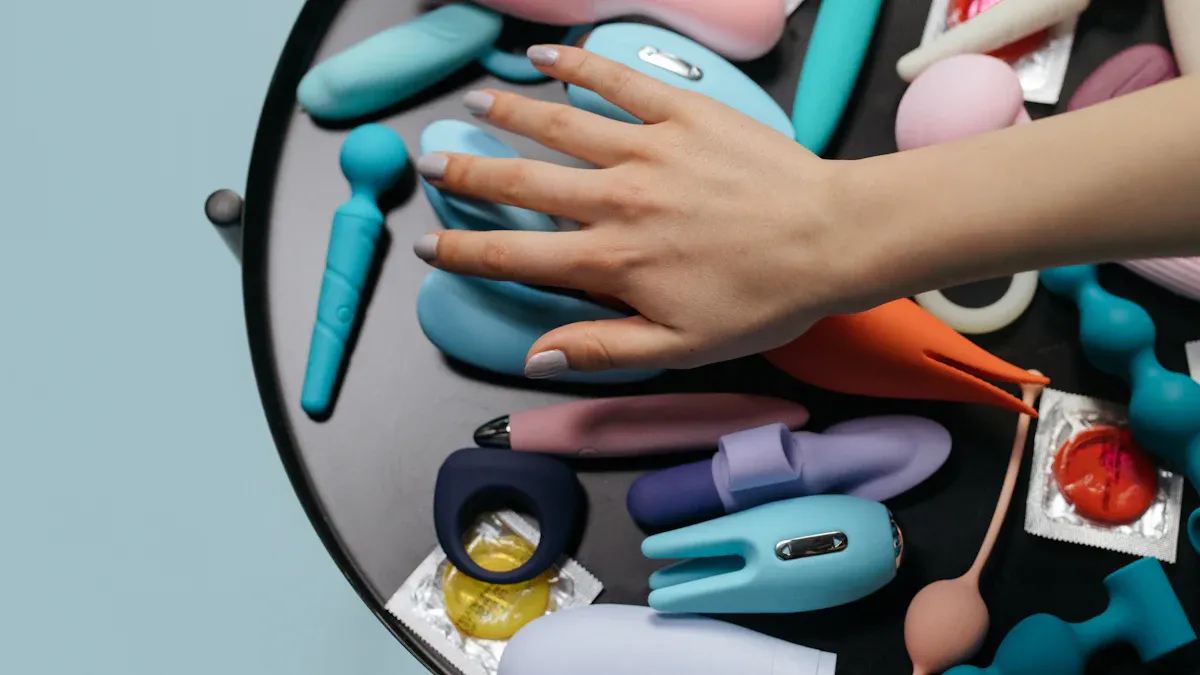
Picking the best sex toy materials keeps people safe and healthy. Not all materials are the same. Some are better, but others can cause problems. The best choice depends on safety, cleaning, and how the toy feels.
Medical-Grade Silicone
Medical-grade silicone is one of the best sex toy materials. Makers test it to make sure it is pure and safe. It does not cause allergies or skin problems. Medical-grade silicone is non-porous, so it does not keep germs inside. You can wash these dildos with soap and water. You can also boil them to make them extra clean. This material feels soft and bends easily, which many people like. Most medical-grade silicone dildos pass tough FDA tests. These tests check for skin problems and make sure the toy does not let out bad chemicals.
Tip: Medical-grade silicone dildos are a good pick for people who want safety, comfort, and easy cleaning.
Some companies add colors or softeners to silicone. When they do this, the toy is not medical-grade anymore, even if it is still body-safe. Most colored silicone dildos cannot be called medical-grade. Still, pure silicone is a great choice for safety and happiness.
Hard Plastic (ABS)
ABS plastic is another favorite material for dildos. This hard plastic is non-porous and safe for the body. It does not soak up germs, so cleaning is easy. ABS dildos cost less than silicone ones. They feel hard and smooth but do not bend much. Many people like ABS dildos because they last a long time and do not break easily. This material does not have a strong smell, which means it is safe.
ABS plastic is not as soft or bendy as silicone. It also does not keep heat as well. Still, ABS dildos are a good choice for people who want a safe, cheap, and easy-to-clean toy.
TPE and Other Materials
TPE, or thermoplastic elastomer, is soft and stretchy. Some dildos use this material. Makers can make TPE safe by following strict rules and testing for bad chemicals. Good TPE dildos do not have phthalates or toxins. They feel soft and real, which some people like. But TPE is porous. This means it can keep germs inside and is harder to clean. Even if you wash it well, germs may stay in the toy.
Alert: People should use condoms with TPE, jelly, or rubber dildos to lower the risk of infection.
Porous materials like TPE, jelly, and rubber can cause skin problems, rashes, or allergies. Some cheap dildos made from these materials may have bad chemicals. These chemicals can hurt your body and cause health problems. A strong chemical smell is a warning sign. People should stay away from toys with this smell.
Comparing Safety and Benefits
The table below shows how safe and easy to clean common dildo materials are:
Material Type | Safety Ranking | Key Safety Features and Concerns |
|---|---|---|
Silicone | High | Non-porous, strong, body-safe, easy to clean |
Stainless Steel | High | Non-porous, easy to clean, hypoallergenic |
Borosilicate Glass | High | Non-porous, safe, handles heat, easy to clean |
Jelly | Low | Porous, has phthalates, hard to clean |
Rubber | Low | Porous, can cause allergies, has chemicals |
PVC and Vinyl | Low | Porous, has phthalates, bad chemicals |
Medical-grade silicone, glass, and stainless steel dildos are the best. These materials are safe, do not cause allergies, and are easy to clean. They do not keep germs or let out bad chemicals. ABS plastic is also safe, but it is not as soft. TPE, jelly, and rubber are some of the worst sex toy materials because they are porous and may have toxins.
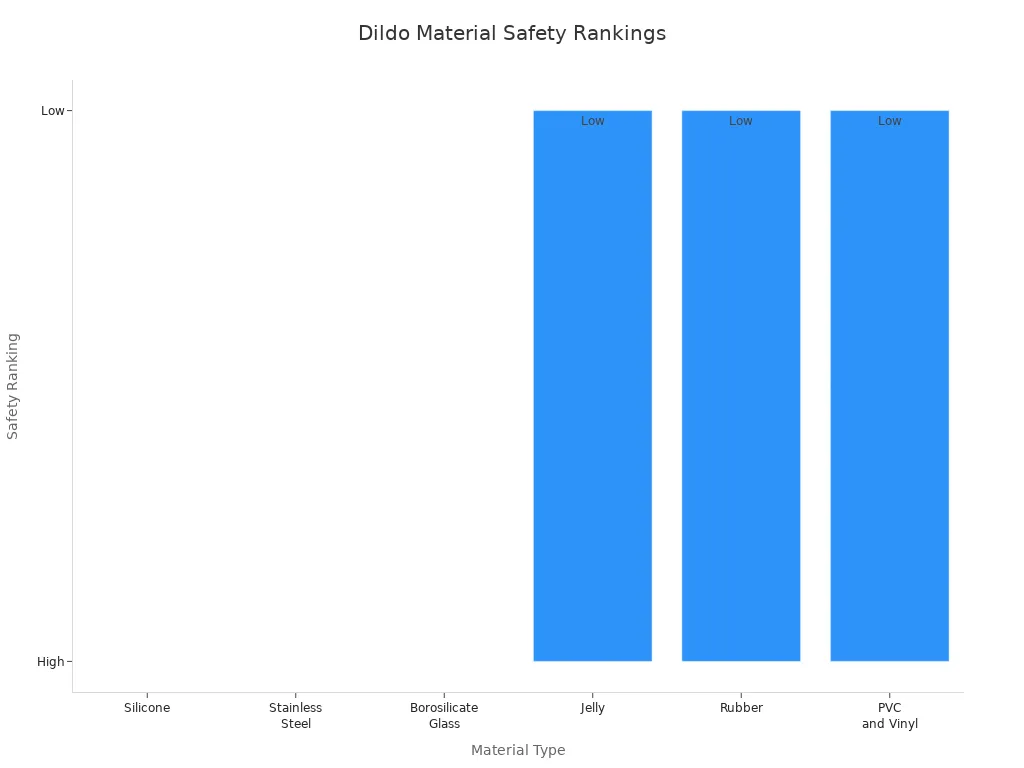
People who want good dildos should pick non-porous, body-safe materials. These toys last longer, feel better, and keep you healthy. Using condoms with porous dildos can help, but non-porous toys are still the safest.
Note: The best sex toy materials give people comfort, easy care, and peace of mind. Picking the right one helps people enjoy dildos without worry.
Identifying Safe Dildos
Reading Labels and Certifications
People who want safe dildos should check the package labels. These labels tell you if the toy is safe to use. Some important safety marks are:
FDA approval: This means the toy uses body-safe materials and passed safety tests.
CE marking: Shows the dildo meets European health and safety rules.
ISO 13485: Proves the factory follows strong rules for medical devices.
RoHS and REACH: These limit bad chemicals in dildos and help keep you safe.
Phthalate-free: This means the toy does not have dangerous phthalates.
Third-party lab testing: This shows the dildo is safe and made well.
ISO 3533 is a new rule for sex toys. It covers how dildos are made, labeled, and kept safe. This rule helps buyers find toys that meet world safety rules. People should also look for labels like “body-safe,” “medical-grade silicone,” or “ABS plastic.” These materials are non-porous and safe for most people.
Smell and Pinch Tests
Many people use easy tests to check if dildos are safe. The smell test is simple. If a dildo smells strong or like chemicals, it may not be safe. Safe dildos should not have a bad smell. The pinch test is helpful too. If you pinch or bend the toy, it should not turn white or feel sticky. If it does, the material might be bad or unsafe.
Tip: If a dildo does not pass the smell or pinch test, do not use it. These tests help people find unsafe toys before they buy them.
Trusted Brands and Reviews
Trusted brands make dildos that are safe and good quality. Brands like Lovehoney, LELO, Lora DiCarlo, and MysteryVibe get good reviews for using body-safe materials. These brands use ABS plastic, medical-grade silicone, and other non-porous materials. They do not use PVC or jelly rubber, which can have bad chemicals.
People often write reviews about dildos made from unsafe materials. They talk about strong smells, hard-to-clean toys, and broken parts. Some reviews warn about toys without flared bases, which are not safe for anal use. Many buyers trust brands that follow safety rules and make toys the right way.
Brand | Material Used | Safety Features |
|---|---|---|
Lovehoney | ABS, silicone | Body-safe, non-porous |
LELO | Silicone, ABS | Medical-grade, tested |
Lora DiCarlo | Silicone, ABS | Non-toxic, safe design |
MysteryVibe | Silicone, ABS | Quality control, safe |
People who read dildo faqs and reviews can learn from others. This helps them pick dildos that are safe, easy to clean, and made by good brands. Checking labels, doing simple tests, and reading reviews all help buyers find the best dildos for them.
Buying a New Sex Toy: What to Look For
Size and Shape
When choosing dildos, size and shape matter a lot. People should think about comfort and what feels good. Many start with smaller dildos, especially if they are new to these toys. The insertable length is more important than the total length. Bases and suction cups do not count as usable length. Girth and width also affect comfort. Most beginners pick dildos with a girth of 3 to 4 inches and a width of 1 to 1.5 inches. Some dildos have straight shapes, while others curve to reach the G-spot or prostate for more pleasure. Surface texture can be smooth or have ridges. Firm dildos may feel bigger, while softer ones need more lube. The base design matters for harness use or suction. People should talk with partners about size if they plan to share.
Tip: Start small and increase size slowly. Listen to your body and stop if you feel pain.
Features and Waterproofing
Dildos come with many features. Vibrating dildos are popular because they add extra pleasure. Some have motors in the head, while others use bullet-style vibrators. Waterproof dildos are great for showers or baths. True waterproof toys can go under water, but water-resistant ones cannot. Suction cups let people use dildos hands-free. Flared bases keep dildos safe during anal play. Rechargeable batteries make toys easier to use. People should check if the toy is easy to clean and if it fits their needs.
Vibrating options for more sensation
Waterproof for bath or shower use
Suction cups for hands-free fun
Flared bases for safety
Solo vs. Partner Use
People use dildos alone or with a partner. The best choice depends on how they want to use the toy. The table below shows what to look for:
Use Case | Best Dildo Types and Features | Benefits |
|---|---|---|
Solo Use | Suction cup dildos, curved dildos, weighted dildos | Hands-free, targets pleasure spots, adds fullness |
Partner Use | Flared base dildos, double-layer dildos, vibrating dildos with remote | Harness use, shared pleasure, more options |
People should always pick dildos made from safe materials. Buying a new sex toy from a trusted store helps avoid unsafe products. Good choices lead to more comfort and better pleasure.
How to Try Dildos Safely
Cleaning and Maintenance
Taking care of dildos helps people stay healthy. It also makes the toy last longer. Doctors say to wash plastic dildos with warm water and gentle soap after each use. Do not use strong cleaners like bleach or Lysol. These can ruin the toy. Wash for at least 20 seconds and rinse off all the soap. Use a soft toothbrush to clean small spots. If the toy is not waterproof or has a motor, use a damp cloth. Keep water away from batteries. Dry dildos all the way with a clean towel before putting them away. Porous toys, like TPE or jelly rubber, can keep germs even after washing. Use condoms on these toys if you share them. Check toys often for cracks or changes in how they feel.
Tip: Let toys air dry before storing them. This stops mold and germs from growing.
Lubes and Barriers
Picking the right lube makes using dildos safer and more comfy. Water-based lubes work best with plastic and silicone toys. They are easy to wash off and do not hurt the toy. Do not use silicone lube with silicone dildos. It can damage them. Oil-based lubes are only for glass or metal toys, not plastic. People with sensitive skin can try aloe vera or special skin lubes. Always read the label to make sure the lube is safe for your toy. Using condoms on dildos gives extra safety, especially if you share or use porous toys. Clean toys every time, even if you use a condom.
Lubricant Type | Compatible Materials | Notes |
|---|---|---|
Water-based | Plastic, silicone, glass | Safest, easy to clean |
Silicone-based | Glass, metal | Avoid with silicone/plastic |
Oil-based | Glass, metal | Not for plastic/silicone |
Aloe vera-based | Most materials | Good for sensitive skin |
Storage Tips
Storing dildos the right way keeps them clean and safe. Here are some easy steps:
Wash dildos well after each use and dry them fully.
Put each toy in its own cloth bag or pouch. This keeps toys from touching and mixing.
Keep toys out of sunlight and away from heat. This stops fading or bending.
Use a box or drawer that locks for privacy and safety.
Look at toys for damage or dirt before putting them away.
Do not use plastic bags. They can trap wetness and cause mold.
Follow the maker’s rules for cleaning and storage.
These tips help people use dildos safely and keep them ready for next time. Knowing how to clean and store a dildo protects your health and your toy. With good habits, anyone can use dildos with confidence.
Picking safe plastic dildos keeps you healthy and comfortable. People should choose non-porous, phthalate-free toys from good brands. You can use a checklist to help you shop. Check for bad smells, read the labels, and pick the right size and shape. Clean your dildo often and store it carefully to keep it safe. Learning about materials and cleaning helps you have a good experience.
